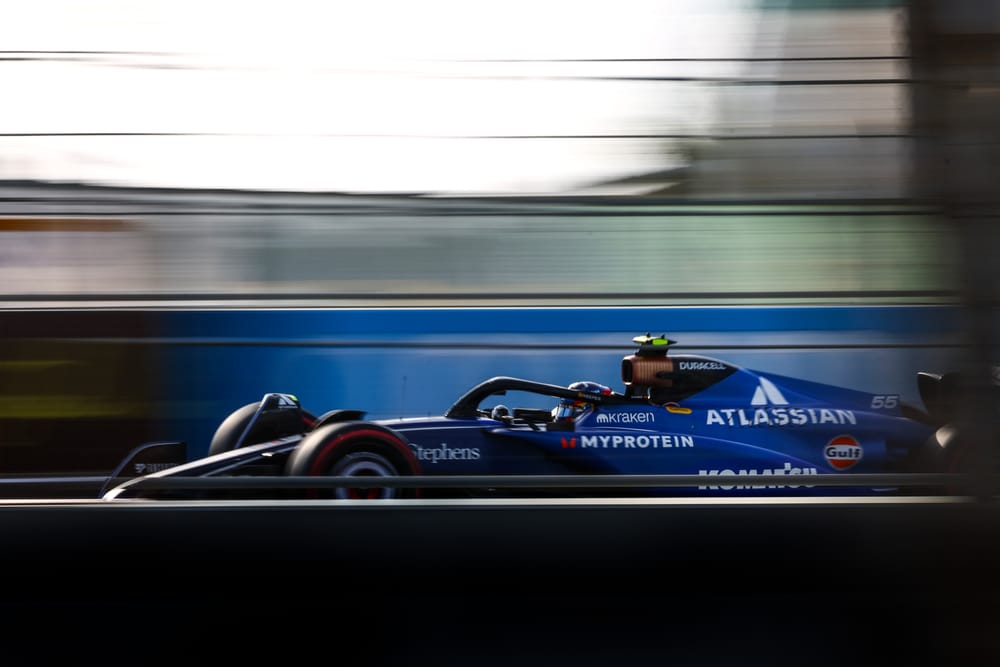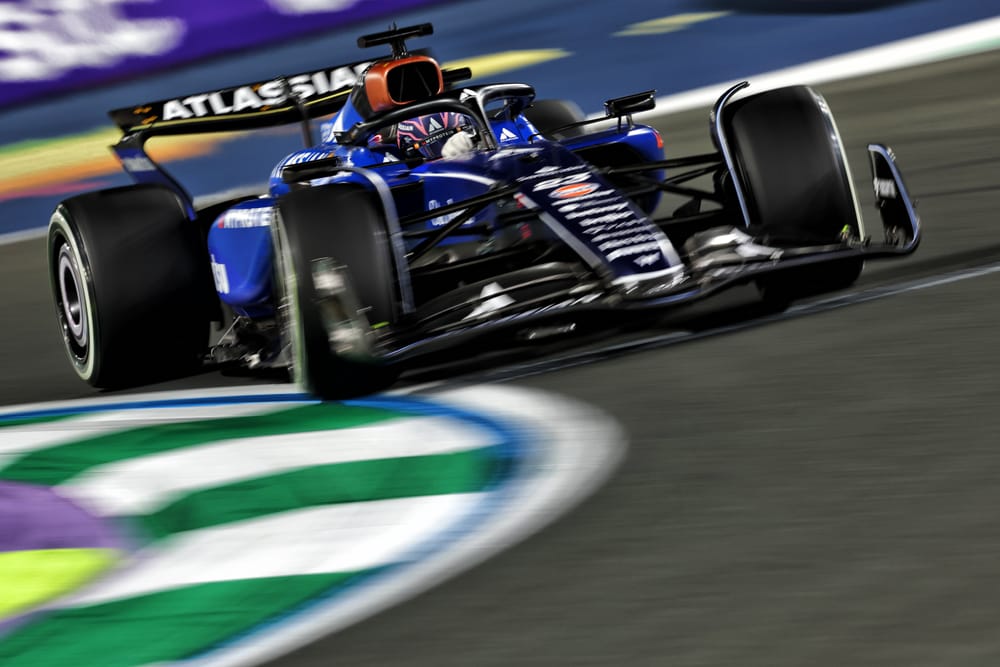Williams has a “series of sticky plasters” it can use to try and cover up its 2025 Formula 1 car’s main limitation but admits it cannot be completely fixed this year.
The Williams cars have suffered from a balance problem in the ground-effect era the team has not mitigated as well as others, especially compared to F1’s frontrunners.
That has continued in 2025 despite Williams taking a good step forward with its car overall to sit fifth in the constructors' championship with 25 points from five races, its best start to a season since 2016.
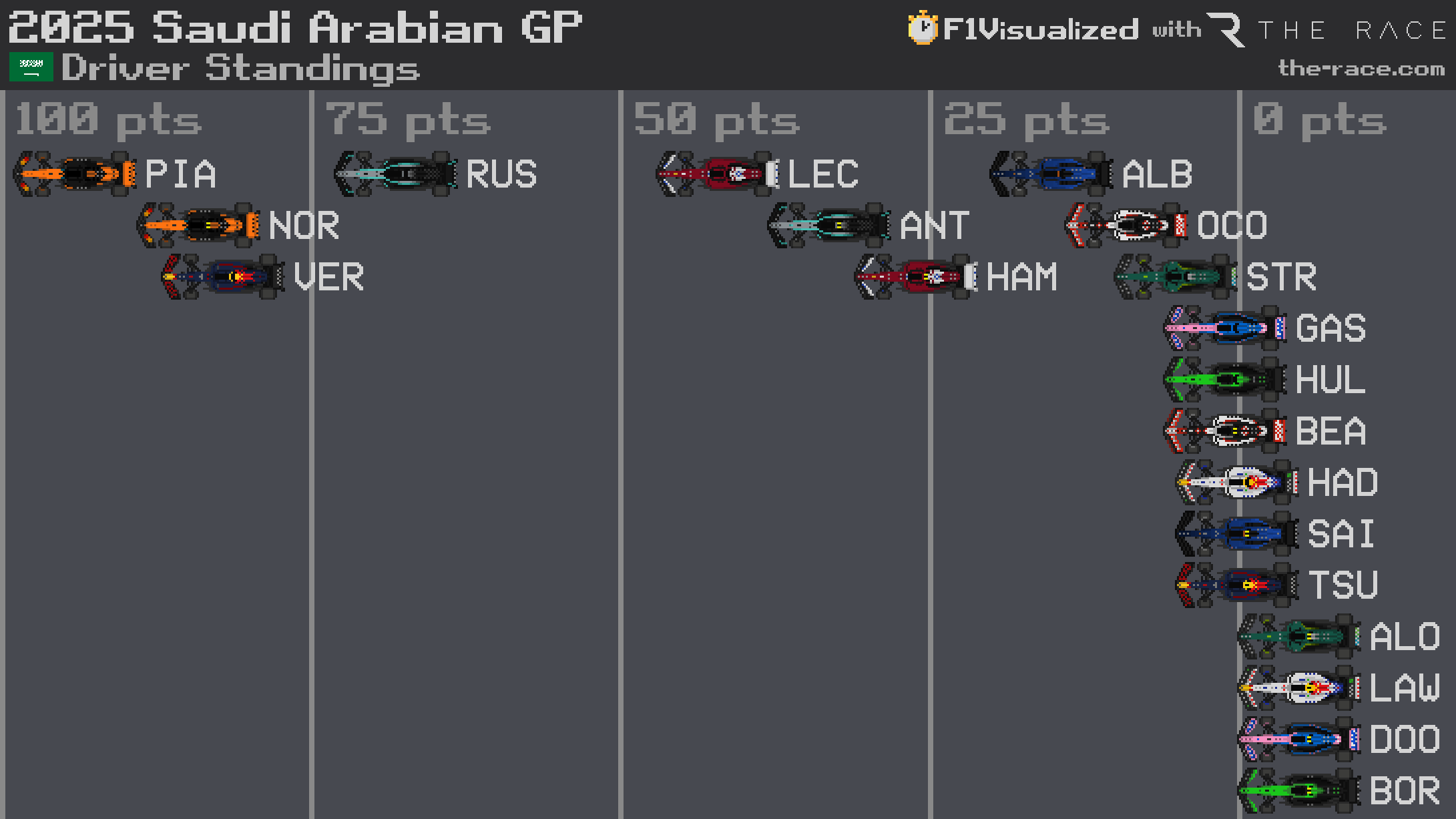
Williams still struggles with entry instability into corners where brake and steering lock have to be applied together, something Alex Albon noted very early in his time with the team, but has been revived as an issue since Carlos Sainz’s arrival from Ferrari.
While Albon admits he has perhaps become more accepting of the issue and been driving around it, Sainz - whose driving style from his time at Ferrari has been caught out by the Williams car behaviour - has identified it as a significant thing holding his new team back from making further progress.
Team boss James Vowles has summarised the problem as “our balance is just not where it needs to be for the drivers to get the most out of the car, and it's a difficult car to drive”.
“We have some characteristics in the car that are still not at the right level,” says Vowles.
“I don't think we have the balance that we should do for the drivers, and we're a little bit cornered on some of the tools that we're using at the moment.
“The great thing is both Carlos and Alex are aligned on their thought process. So we have good direction. You get a problem when both drivers or even one’s using it as a tool to distract. Both are very clear on where the problems are.”
Last year, Albon felt progress had been made on corner entry but the problem had moved further around the corner. He and Sainz have tried the 2023 Williams in private and Pirelli testing this year, which Vowles believes has highlighted how bad the problem was previously.
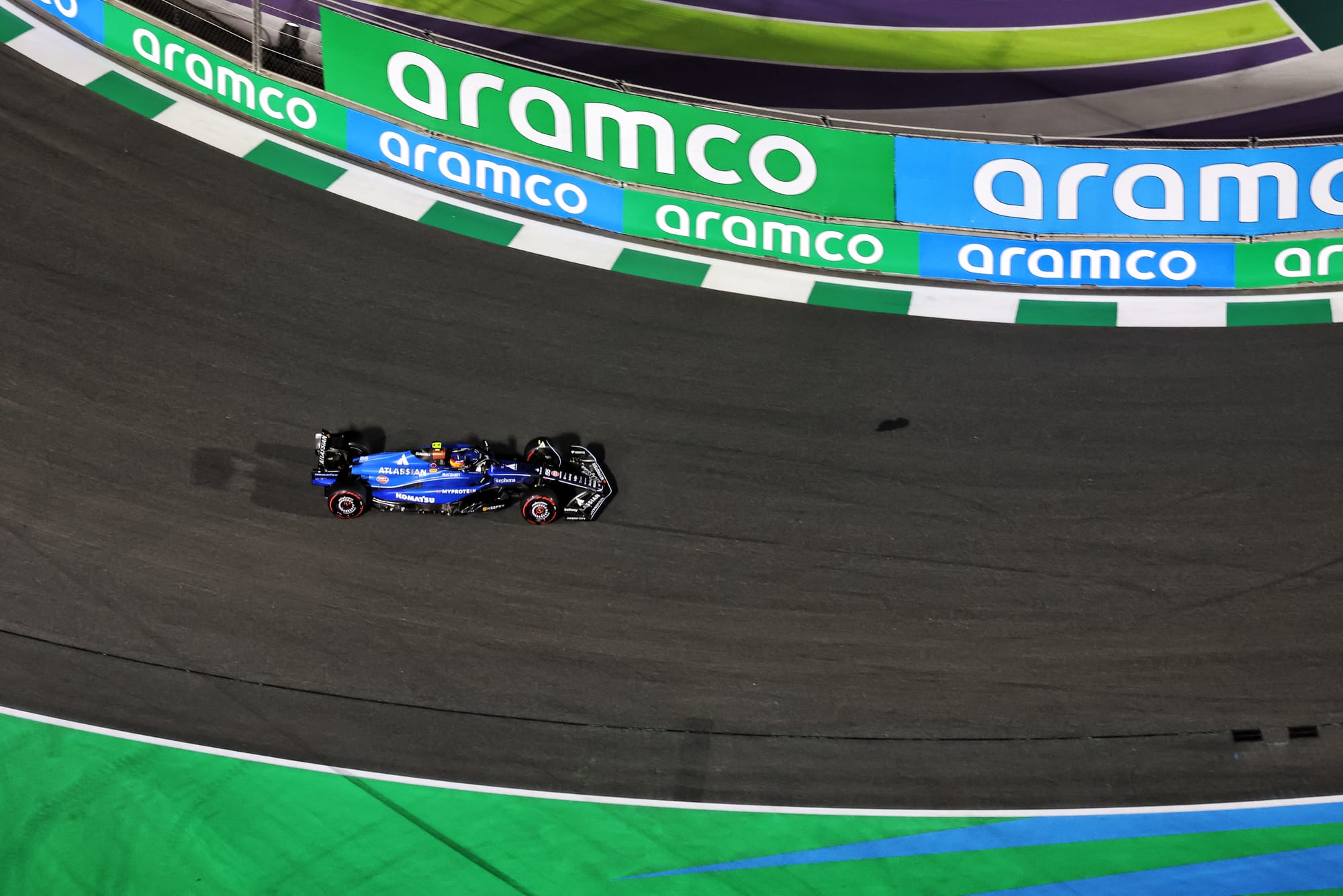
He thinks that Williams has already got that down from a “nine out of 10” problem at its worst a couple of years ago to a “four out of 10” now, by getting the different aerodynamic, vehicle dynamics and car concept parts of the design team to work more cohesively when developing the car, having described Williams as having been “a little bit disparate in how we've been developing the car” previously.
Sainz thinks Williams can make strides already this season if it figures out how to resolve the problem, and that it will be relevant for future cars too, but Vowles said this problem will not be fully sorted with this year’s car - “some of it is actually a different direction that we need to take for the future”.
“My feeling is that we'll be able to scratch it, but not fix it,” says Vowles.
“We have a series of sticky plasters we can put on it. Now that's already a good thing, because it means that inherently, we are touching the right element of things. We're pulling the right strings. For fixing it, we need to make sure we're fixing absolutely the right element.
“But I do not think that we can inherently fix it in 2025.”
That means Sainz and Albon need to work with what Williams has for now. It has been enough to make such a strong start to the season in a very tight midfield and be, as Albon puts it, consistently “the second-quickest midfield team or joint first, and that’s been the difference”.
The FW47 is not a drastically better car than its predecessor, but has benefited from some low-hanging fruit. Last year, Williams made big conceptual elements of the way the team goes about its car build processes, which caused a problematic winter and meant its 2024 car was overweight, underdeveloped and short on spares at the start of the season.
Although the situation improved through the year, Williams was still often treading water in 2024. But it has finally been able to cash in on its development work last year and the infrastructure and cultural changes behind the scenes to jump to where it is now.
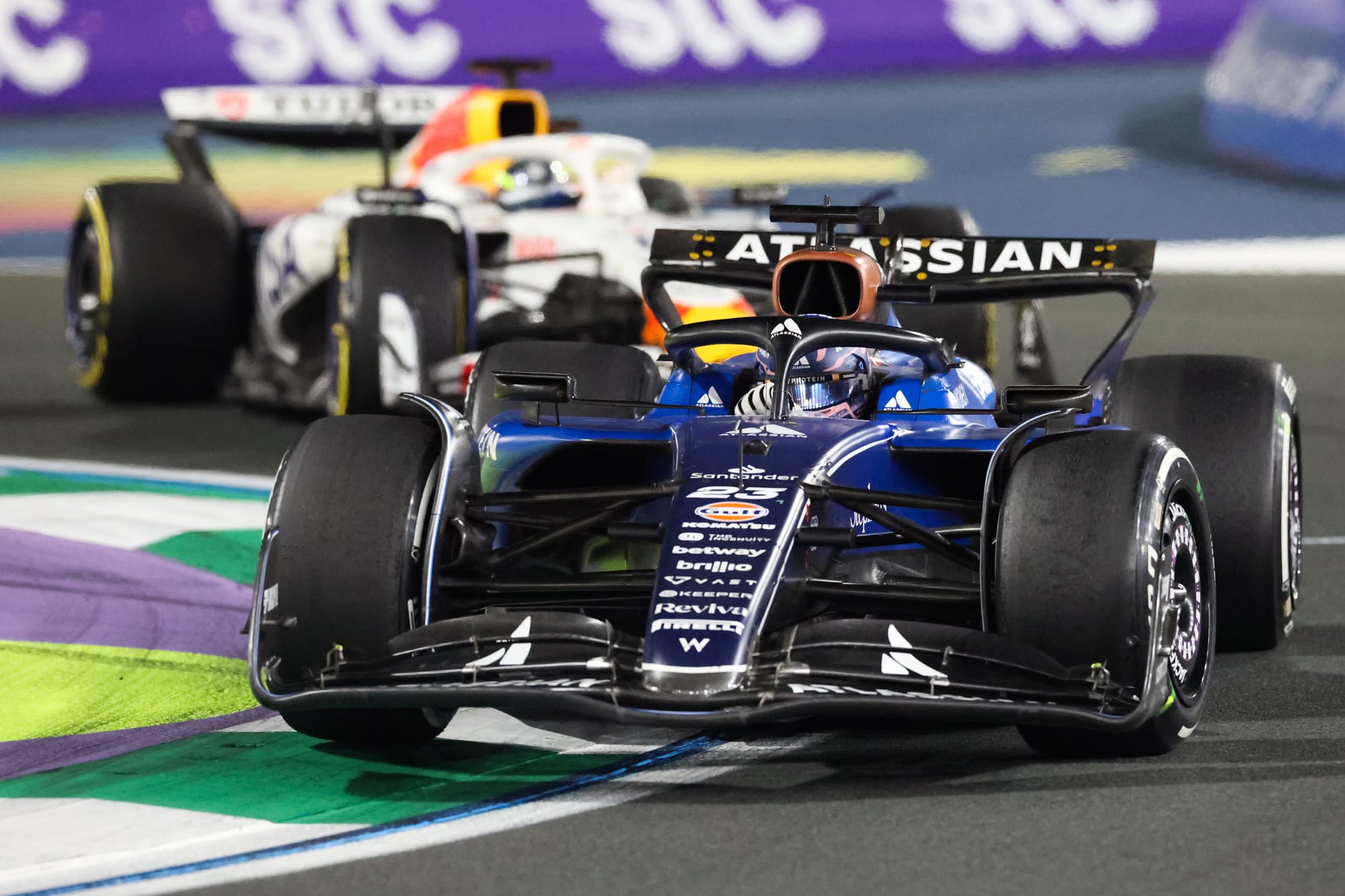
Going any further will be almost impossible this year, though, especially without curing the car’s primary limitation - so Williams will have its work cut out to even stay where it is.
As Williams is now into finer finessing of car issues or development options, its potential versus midfield rivals is quite similar. On the Williams side there are still some gains to be had by making improvements to tools and processes and whatnot, but then rival teams have bigger potential to address more obvious car issues that leave them underperforming at the moment.
Albon, who has been at Williams for the bulk of its revival, says it has “come such a long way” this year but pointed out that Williams should have scored points in Bahrain and did not, plus he was knocked out in Q2 in Saudi Arabia when he should have qualified in the top 10.
Given the team’s focus on the 2026 car, the lack of early upgrades from rivals, and the inherent limitation that exists with this year’s Williams, that means how much it can be optimised is somewhat restricted. Albon stressed the importance of Williams scoring big now before it potentially fades later in the year.
“We have had one of the strongest midfield cars, that’s for sure,” he says. “I’m enjoying it, but we just have to be taking advantage of that situation.
“It’s relentless [the number of races early on] but it’s perfect for us. Get all the races in a short amount of time.
“A lot of teams haven’t brought an upgrade yet so far this year and we’re making use of that.
“Because of how tightly grouped these first few races are, when you start with a good car in race one you can carry that for a few races, which is why it’s so important.”

